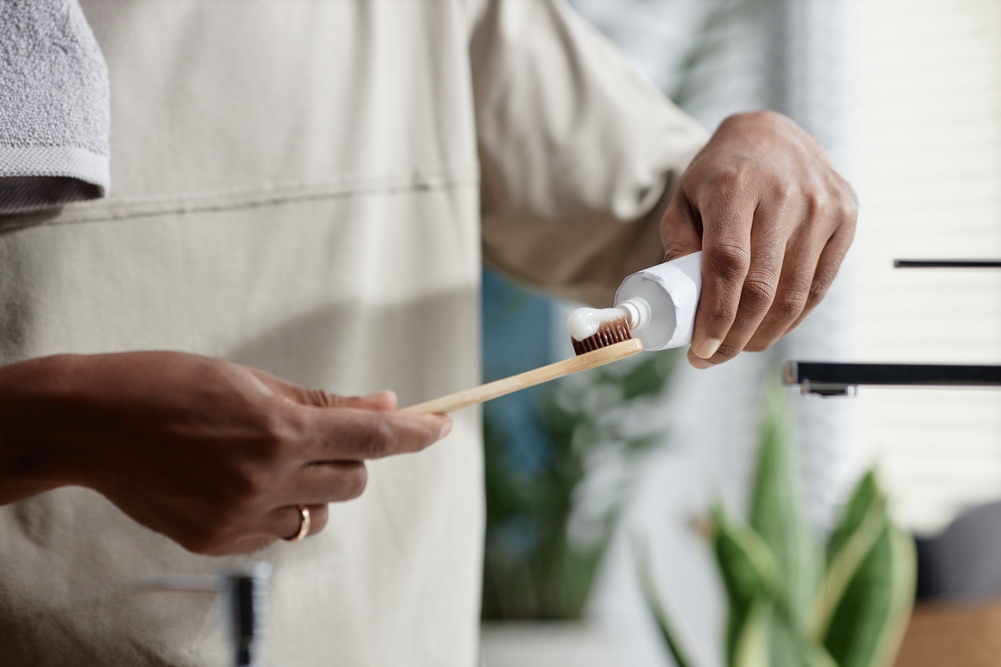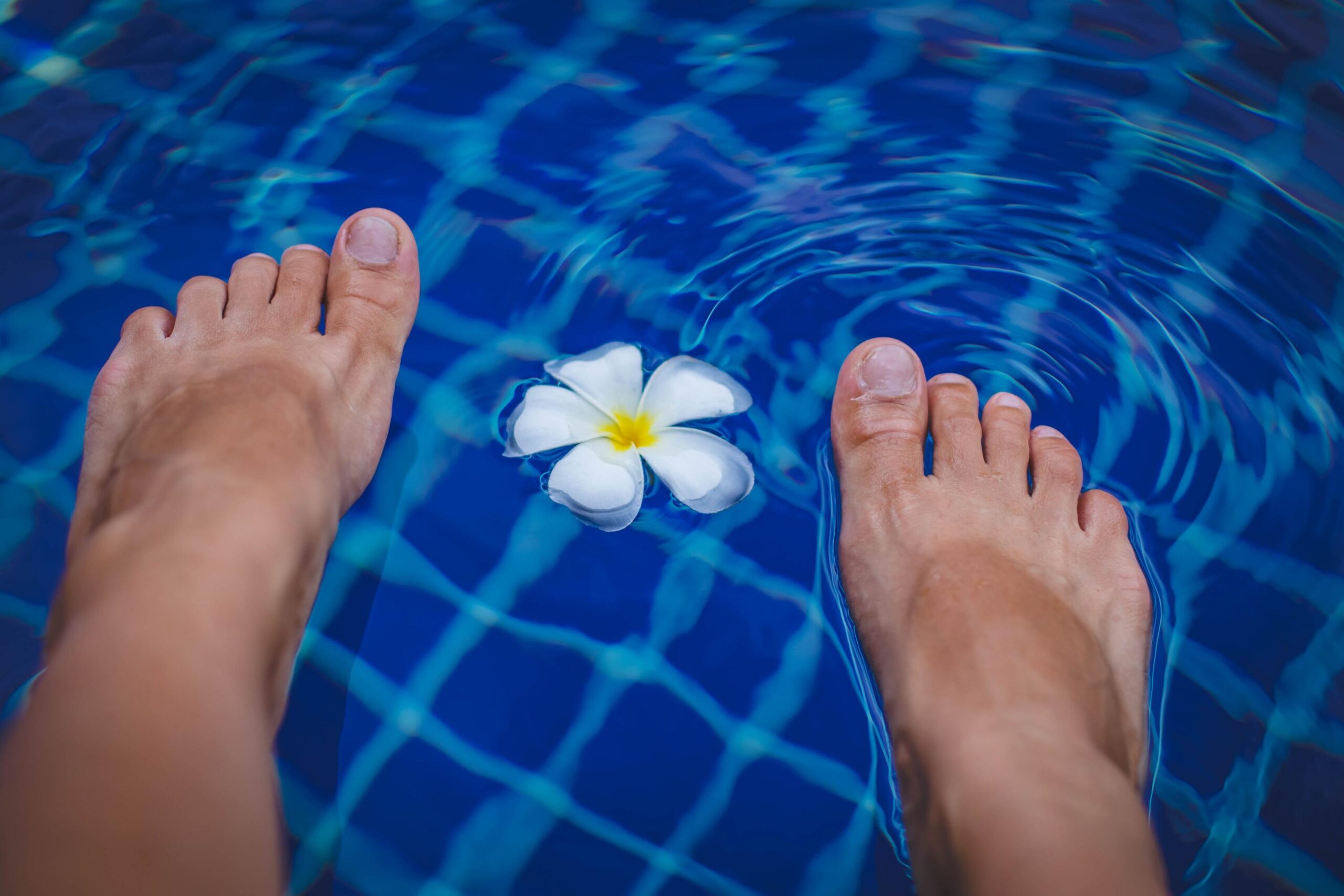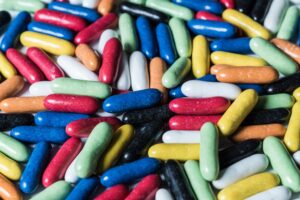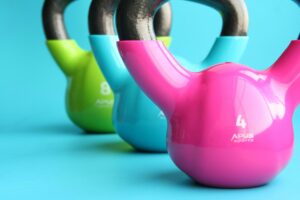Vaginal Dryness: What It Means and How to Find Relief
Vaginal dryness is a common condition that can significantly disrupt comfort, intimate relations, and quality of life if left unmanaged. Nevertheless, various effective solutions like LivRing exist to treat the underlying causes and provide considerable vaginal dryness relief. Understanding what contributes to vaginal dryness and then exploring both short-term symptom relievers and longer-lasting therapies lays the foundation for resolving this bothersome issue once and for all.
Defining Vaginal Dryness
Vaginal dryness refers to a relative or complete lack of adequate moisture and lubrication within the vagina. Thin, fragile vaginal tissues become inflamed easily because of insufficient secretions protecting the delicate membranes. Light spotting may occur, reflecting irritation. Without sufficient lubrication, sexual activity commonly causes pronounced discomfort and pain as well. Postmenopausal women most typically experience such chronic dryness because of low estrogen, but symptoms can emerge at any age. Getting to the root cause is essential for appropriate treatment.
What Causes Vaginal Dryness?
Hormonal Shifts
The most common cause, decreasing estrogen whether during breastfeeding, after pregnancy, or during perimenopause, slows moisture production within vaginal membranes. Hot flashes and night sweats frequently accompany this drop. The abrupt reduction of estrogen during menopause particularly predisposes women to symptomatic dryness needing relief.
Medications
Antihistamines, antidepressants, blood pressure drugs, and opioid pain medications often contribute to moisture-inhibiting, tissue-thinning side effects as well. Always read drug warnings thoroughly and discuss options with doctors.
Health Conditions
Endometriosis, uterine cysts, pelvic radiation therapy, infertility treatments, HIV medications, and a variety of inflammatory conditions ranging from autoimmune disorders to diabetes all deeply impact vaginal tissues, frequently requiring specialized care.
Irritants
Harsh soaps, strong detergents, douches, lubricants with alcohol, perfumes, and ill-fitting underwear made from synthetic fabrics that restrict airflow also breed dryness and discomfort for many women.
Inadequate Stimulation
Insufficient foreplay leaving tissues with poor blood flow, breastfeeding, lack of intercourse, and general low testosterone all similarly fail to activate adequate moisture production.
Finding Effective Vaginal Dryness Relief
To resolve vaginal dryness, identifying which factors apply is essential for selecting suitable therapies. Effective relief aims to both replenish moisture levels while also caring for delicate tissues to minimize recurrence. Potential solutions include:
Moisturizing Lubricants
Frequently reapplying water-based or natural vaginal lubricants during intimacy provides direct, instant moisture while protecting sensitive skin. Oil-based coconut oil also effectively relieves friction and discomfort.
Prescription Estrogen Creams
Low-dose topical estrogen replacing depleted hormones quickly relieves postmenopausal dryness by restoring thickness and elasticity within the vaginal canal. Use minimizes systemic absorption.
Vaginal Health Supplements
Specialized oral supplements containing vitamins A, C, D, E plus hyaluronic acid, Omega-3 fatty acids and botanicals like red clover help relieve dryness while improving overall vaginal membrane health.
Natural Moisturizers
Hypoallergenic moisturizers with protective ingredients like hyaluronic acid and aloe vera soothe dryness, restore pH balance, and create lasting lubrication when applied regularly inside the vagina.
Herbal Remedies
Herbs like vitex, wild yam, red raspberry leaf and stinging nettle have gentle hormone-regulating properties to increase circulation and cell health. Anti-inflammatory chamomile, calendula and aloe vera also calm irritated tissues.
Healthy Lifestyle Choices
Avoiding irritants in items like scented toilet paper and tampons, underwear fabrics, and potential allergenic foods can prevent recurrence. Staying active, hydrated and following pelvic floor therapy exercises also improves blood flow.
Communication and Compassion
Speaking openly to partners and doctors alleviates distress of symptoms so personalized therapies reach their full potential. Prioritizing self-care promotes confidence and comfort throughout the journey to relief.
Conclusion
Identifying contributing factors without self-blame and choosing therapies aligned with individual needs and preferences means resolving the discomfort of vaginal dryness is extremely viable through consistent personalized care.











Post Comment